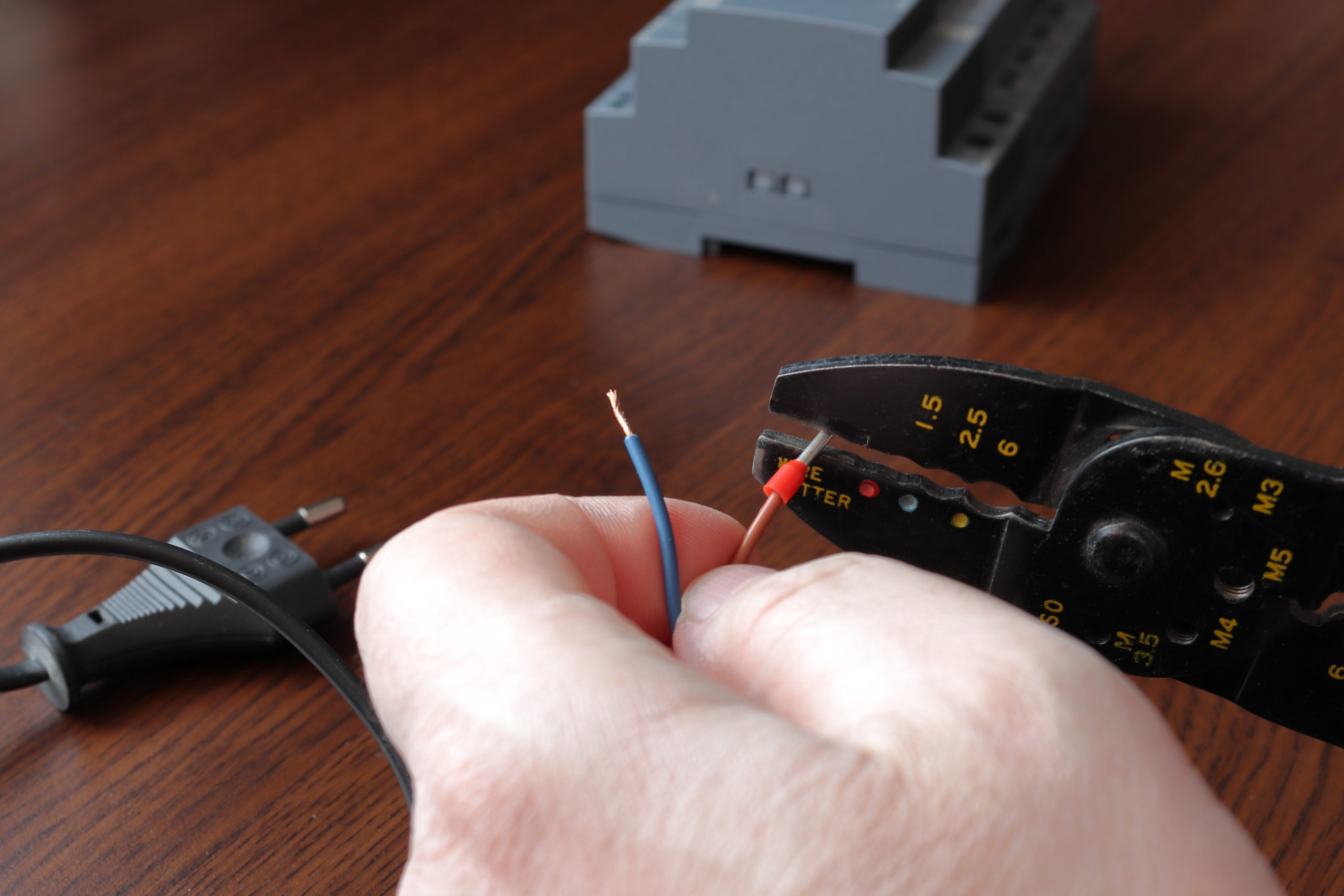Pliers are some of the most useful handyman tools ever invented. They’re basically an extension of the hands but they provide so much more power with great ease. With the help of a trusty pair of pliers, you’ll be using significantly less energy while gaining progress at the same time.
There are numerous types of pliers and they’re used for many different purposes. The way they’re designed has a lot to do with what they can do and what they’re typically used for. For instance, brands like Maun suggest that parallel pliers are better, as they provide an even grip on a surface without damaging it (as they use a parallel action) unlike a scissor action plier which focuses all of the pressure onto a small surface area.
What are pliers used for? Here are some practical everyday uses of pliers:
- Grip and hold nuts to remove bolts and screws;
- Grip and hold pipes to twist other components;
- Grip and hold connecting parts of valves;
- Grip and hold wires and other small objects;
- Pull wires and other small objects;
- Reach into confined or constricted spaces;
- Used for bending, tuning, and splicing; and
- Used in tripping wire insulation.
General Categories Of The Use And Functionality Of Pliers
What are pliers used for? Pliers can be used for many different purposes. Some even use them to prune trees and shrubs. But these highly useful hand tools can be categorized based on their general use and functionality. The following are the three broad categories of their use and functionality:
Gripping And Holding
Gripping and holding are two of the most basic uses and functionalities of pliers.
Since most of the mechanical inventions, machinery, and equipment are held together by levers, bolts, nuts, screws, pins, valves, and joints, pliers are highly-useful in gripping their locking components while the turning components are being screwed into place.
In other words, pliers hold down other components to prevent them from turning as the bolt or screw is also being turned to lock it in place
Cutting And Splicing
The second general use and functionality of pliers involve cutting and splicing. The other main component of mechanical inventions, machinery, and equipment are the wires that run from the power supply to the engines and motors, and then to the gearboxes and gears. Pliers are used to cutting and splicing these wires so that their ends can be put into their proper places for the motors and engines to function.
Multifunctional
The third general use and functionality of pliers involve those which handle multifunctional roles and functions. Plus, pliers can even repair fences. Since machinery and electro-mechanical equipment work requires a lot of bolting, screwing, splicing, and wiring, some tools, and pliers have been invented to perform a wide array of functions that combine gripping, holding, and cutting.
Specific Uses And Functions Of Pliers
What are pliers used for – specifically? They’re generally employed by personnel involved in home improvement, commercial infrastructure construction, handicrafts making, and many more. Continue reading to learn more about some of the specific uses of pliers.
1. Cutting And Splicing
Most pliers, even the ones used mainly for gripping and holding down objects, have a cutting side.
Universal or multifunctional pliers have a cutting side that’s often used to cut thick barb wires. For electrical wires, technicians often prefer to use side cutters. The main difference is that the cutting side of side cutters has sharper cutting power than those of the other pliers.
Side cutters and diagonal-cutting pliers are often used to cut, clip, splice, and split electrical and fencing wires. The former is said to have more cutting power than scissors. The jaws of scissors typically don’t have a sufficient opening for thick wires and sheets, thus reducing the leverage and cutting power of its jaws and handles.
The cutting side of flat-nosed or universal gripping pliers, on the other hand, are often blunted to prevent it from accidentally cutting things when it’s being used for gripping or holding down objects.
2. Gripping And Holding Large And Small Objects
One of the most important functions and capabilities of pliers is that they’re very useful in gripping sturdy and rigid objects.
Pliers are great tools to stabilize objects in your home workshop. They can be used to hold down objects and prevent them from moving too. They’re often used to remove nails, pins, and screws, or to tighten, loosen, and remove nuts and bolts. Slip-joint pliers are the ones most often used for this purpose. They can grip bolt heads, nuts, and other small objects used to lock mechanical parts in place.
Meanwhile, tongue-and-groove pliers are used to gripping wide diameter pipes, large nuts, and boltheads. These pipes have longer handles and the axes that are holding their jaws can be easily adjusted.
Some pliers used for gripping pipes and boltheads can also be used to hold smaller objects such as screws and wires in place – ideal for some easy plumbing fixes. Other pliers have a gripping part on one side, and on the other side, it can cut wires and cables.
3. Bending And Straightening
Another important specific use and function of pliers are to bend and straighten electrical wires, fence wires and links, chains, iron bars, aluminum rods, and pins.
Pliers are very useful tools for bending and straightening different parts, materials, and components. They’re often used by mechanics and technicians for most of the bending and straightening work they do. Plus, pliers work on the basic idea of how levers multiply their force with the use of fulcrums.
Additionally, pliers have enough power to twist, bend, pull, loop, and straighten small and resilient things and objects such as nails, metal pins, and wires. Their axes joint functions as the fulcrum of the motion, while the jaws and handles act as the countervailing levers that achieve the desired movement. Most of these things can be done by bare human hands, but pliers do it with a lot less effort and strain.
As a reminder, you’ll have to choose the right size of pliers to use for the work that you need to do because all types of pliers can be used to bend objects, though they each have their specific uses. For instance, don’t use side-cutters to bend wires unless you also want to strip the wire insulation or cut the wire itself. You have to use the right pliers for thin materials like split rings.
You shouldn’t use long-nosed pliers to bend aluminum rods because it’ll require more effort using the slim jaws of long-nosed pliers rather than those of universal pliers. Don’t use flat-nosed or parallel pliers if you’re going to twist small pins and slim bolts or you might cut or break them. You have to pick the right pliers for the job so you don’t mess up the stuff you’re working on.
4. Stripping Electrical Wire Insulation
Side cutters and long-nosed pliers are often preferred by electrical technicians in stripping insulation of electrical wires. Stripping insulation requires a skillful three-step process.
The first step is to slice the insulation. But the technician has to be skillful enough to slice the insulation just enough to its end without slicing or cutting the wire itself. The second step would be to slice it round about and to splice the insulation open. The last step is usually done with the long-nosed pliers, which is to pull the spliced insulation away to expose the wire needed.
Conclusion
Pliers can be used for many different functions and purposes. They can be used to grip and hold both large and small objects. They can also be used for bending, straightening, and twisting electrical wires, fencing wires, and links. Furthermore, pliers are utilized by electrical technicians to cut and splice wires, and to strip insulation. They’re used in electronics to grip small components and hold soldering lead into the right position too.
What are you waiting for? Include a pair of trusty pliers to your home project toolset kit now!




